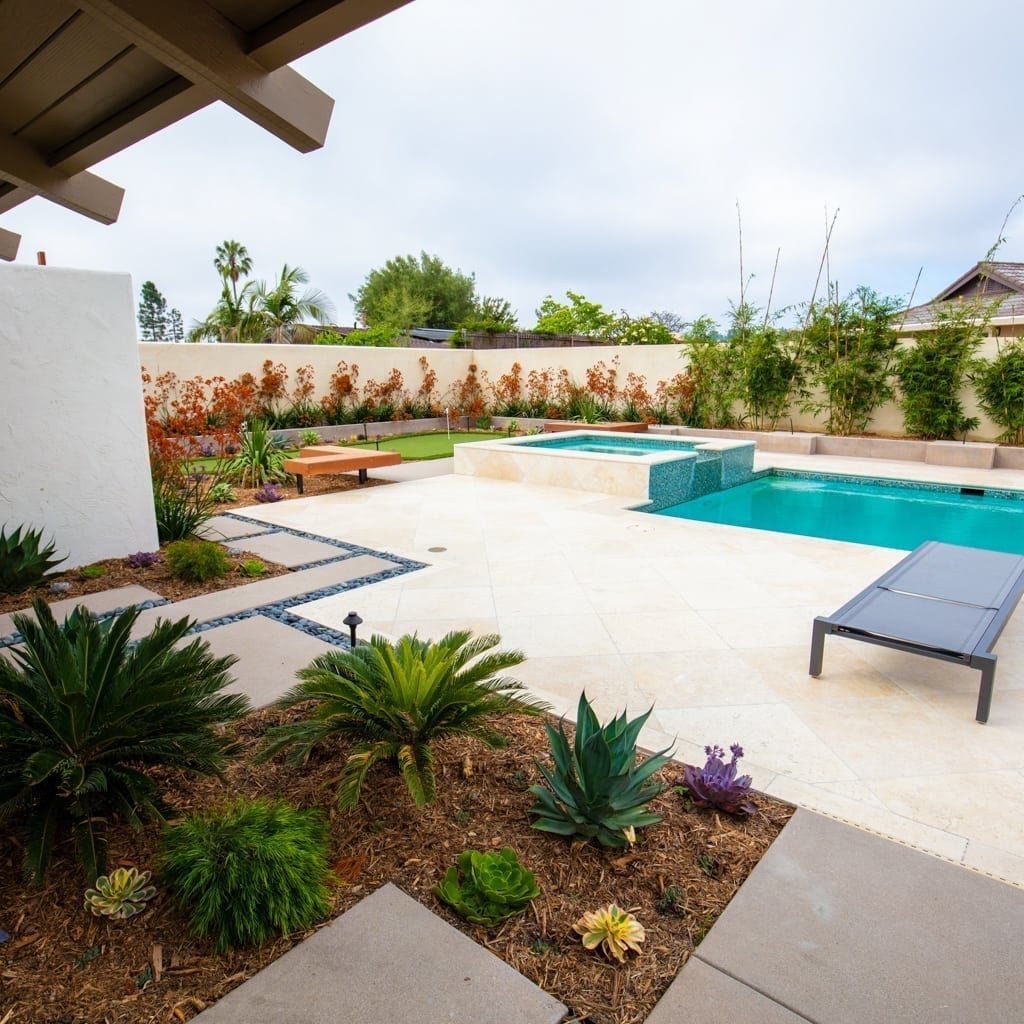Landscape design is the process of creating outdoor spaces for a variety of purposes. By combining different forms, materials, and emphasis, it is possible to create a coherent whole that will complement the style of a house. In the process of creating a landscape design, different elements are juxtaposed in a specific way, and visual and spatial qualities are utilized to create a visually pleasing space. The design process can involve using complementary colors to contrast and unify certain elements in a landscape.

There are basic principles of landscape design that can help you determine your style and come up with a unique plan for your yard. Choosing a landscape design that is inspired by places and landscapes you love can help you narrow down your choices. You can also seek out communities with similar climatic and urban constraints and similar design elements. It is important to use the correct tools and strategies when developing a landscape design, so make sure to take advantage of these elements to create a unique look.
Symmetry is an important consideration in landscape design. Although symmetry makes for an easier design, asymmetrical designs can be more dramatic and creative. Lines and paths are essential elements in a landscape design, and they should be used sparingly. To achieve this, you should use colors and symbols appropriately. When designing a landscape, consider the climatic conditions, type of soil, and other physical characteristics of the site. The climate and site characteristics can limit your plant selections and can greatly affect your design.
Another crucial aspect of landscape design is color. The right colors should be chosen based on the season. For example, summer flowers are generally bright and vivid, while winter flowers and shrubs are typically more muted. Hardscape elements, such as pathways, can also play a role in color. If your landscape is designed with four seasons in mind, you’ll want your plants and other plant materials to match. You may also want to think about color in the hardscape.
While symmetry is ideal for a landscape, asymmetrical designs can also be appealing. Asymmetrical designs are easier to create. Asymmetrical landscape design is more creative and more appealing. If you have a lawn, consider using a sod cutter to cut the grass. This will give you an edge in the area. Once the grass is cut, you’ll need to make your garden look perfect. If you want a grassy yard, you can use sod.
When designing a landscape, you should follow the principles of symmetry. It’s important to create symmetry to avoid having a crowded space. You can use symmetrical design to highlight different features in your yard. For example, asymmetrical designs may include two or more plants. The right amount of plants will add to the harmony of a garden. When choosing a theme, keep in mind the contrasting textures and shapes of each element.
Proper symmetry is also important in landscape design. The right symmetry helps to avoid asymmetrical elements. If a landscape is symmetrical, the elements should be of the same size and complement each other. A symmetrical landscape is one that uses similar colors and materials. Similarly, asymmetrical spaces will not blend well with each other. Therefore, asymmetry is not a problem. The best way to implement a symmetrical design is to create an attractive space for your home.
A good landscape design will incorporate various shapes and forms. The symmetry of a garden can emphasize a particular feature. It can be created by using different shapes, colors, and textures. It should also be symmetrical to the surrounding environment. It should be able to complement its surroundings. Besides symmetry, asymmetrical landscape design should also be aesthetically pleasing. If the two sides are similar, the lines should be the same.
A transition is a gradual change from one type of landscape to another. It is often achieved by repeating colors or other basic design elements. In addition to achieving harmony, good landscape design will be aesthetically pleasing to everyone. If you want to create a harmonious space for your home, you can design it with principles of harmony. For example, you can use a unified color scheme throughout the entire property. This is a great way to create a harmonious space.

